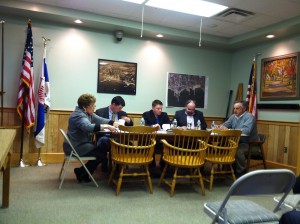The April 17 meeting of the Rochester Historical Society will be at 7:00 pm in the East Rochester Church/Museum, 355 County Road. The program for the evening will be “Exploring the L.C. Humphrey Papers” with Fran Florindo. The Humphrey Papers are an interesting, sometimes humorous, collection of memories of farm life and the people in Rochester from the late 1870s through 1953 compiled by Judy Gurney through interviews with Mr. Humphrey, local historian, farmer and Rochester assessor. All are welcome. Refreshments will be served.


